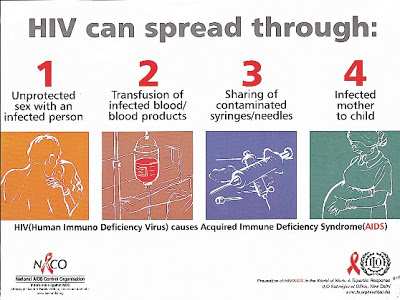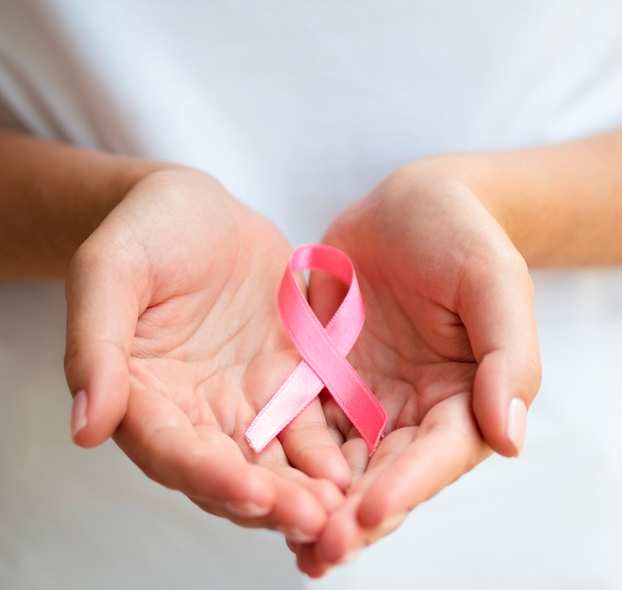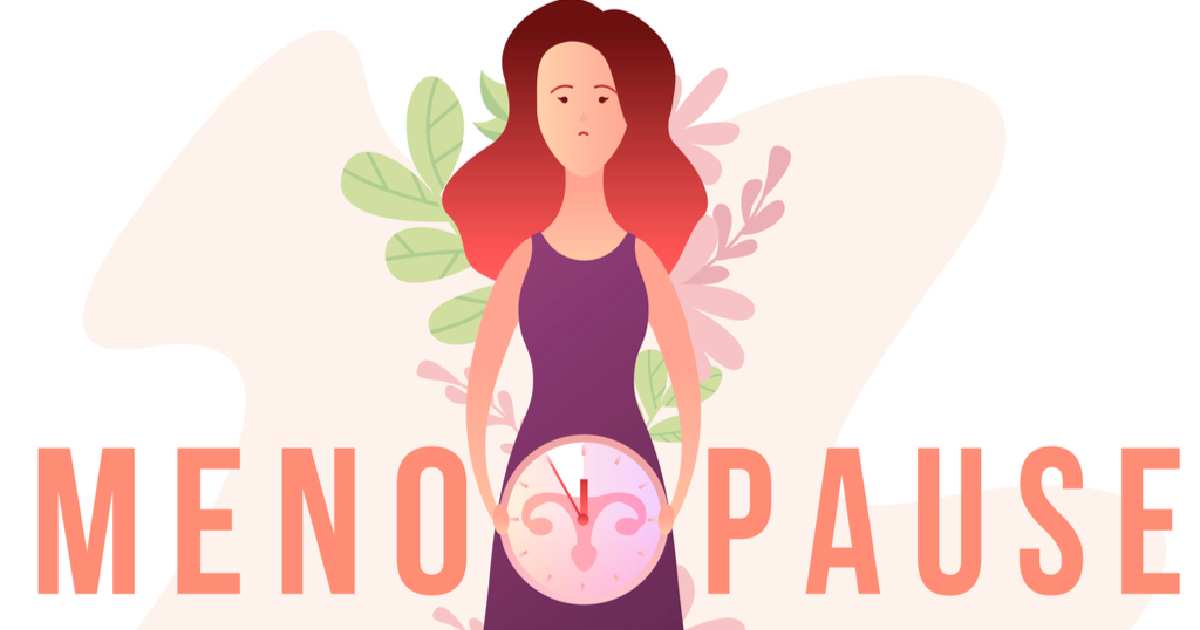Acquired immunodeficiency syndrome, or AIDS, is the final stage of an infection by the human immunodeficiency virus(HIV).
When the HIV virus gets into the human body, it infects certain immune system cells called T helper cells or CD4 cells.
The virus replicates itself and, over time, damages its host cells, impairing the body's ability to fight off infections and diseases.
If you have HIV, you can be diaAcquired immunodeficiency syndrome, or AIDS, is the final stage of an infection by the human immunodeficiency virus(HIV).
When the HIV virus gets into the human body, it infects certain immune system cells called T helper cells or gnosed with AIDS if your CD4 cell count is very low — fewer than 200 cells per cubic millimeter, compared with the normal count of 500 to 1,600 cells per cubic millimeter — or if you develop one or more opportunistic illnesses from your infection, such as tuberculosis, according to the Centers for Disease Control and Prevention (CDC).





























